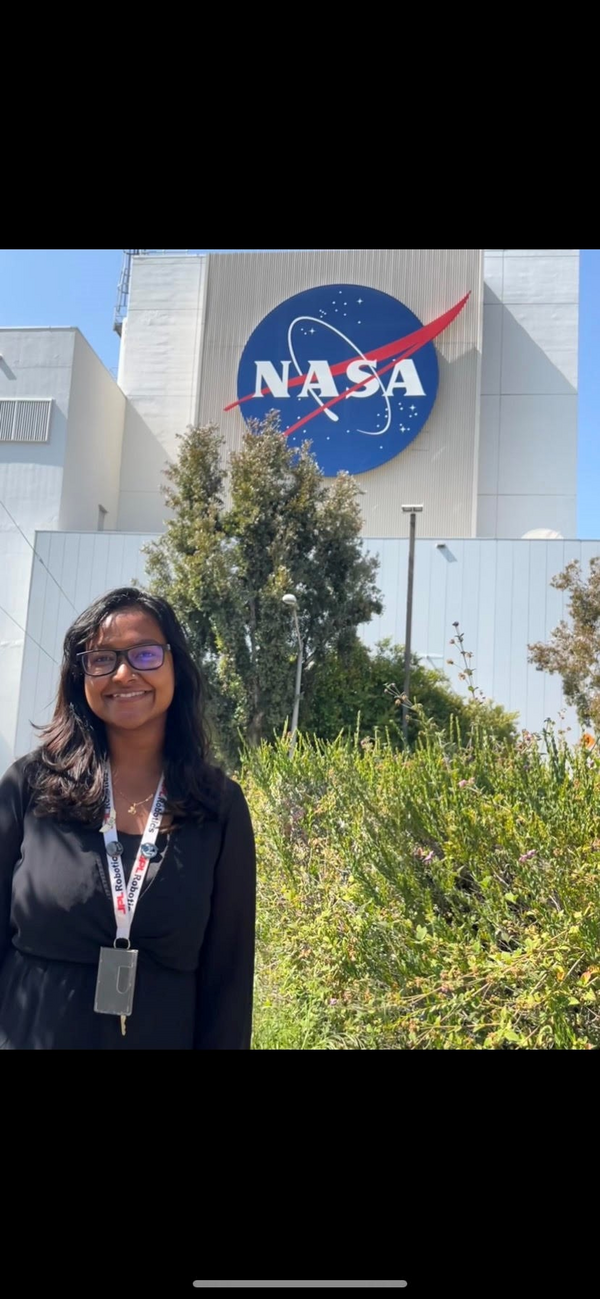
Seminar Speaker: Minduli Wijayatunga - Cosmic Janitors and Space Miners: Tools for Autonomous Trajectory Design and Guidance in Rendezvous and Proximity Operation Missions
- Event Type
- Seminar/Symposium
- Sponsor
- Aerospace Engineering
- Location
- CIF 2018
- Date
- Mar 4, 2025 3:00 - 4:00 pm
- Views
- 263
- Originating Calendar
- Aerospace Engineering Seminars
Abstract:
Rendezvous and proximity operations (RPO) missions are becoming increasingly essential due to the growing interest in Active Debris Removal (ADR), On-Orbit Servicing (OOS), and asteroid missions such as inspection and mining. While RPO missions are frequently discussed in the literature, their demonstration and implementation in space remain primitive, requiring significant human involvement and incurring high costs. This is due to the inherent challenges of RPO missions, including efficiency, robustness, and safety. To address issues like the space debris challenge, these missions need to become more routine and commercially viable. Autonomy is key to achieving this, as it allows for these missions to be repeated at a lower cost, making them more sustainable and scalable. This talk focuses on addressing critical gaps in the transfer, far-range, and close-range phases of such RPO missions, utilizing reinforcement learning, convex optimization, and optimal control techniques with the goal of achieving autonomous operations across these phases.This work introduces novel approaches for optimal transfer trajectory design, including an enhanced indirect optimization method to generate fuel- and time-optimal trajectories, accounting for orbital perturbations. A preliminary design optimization tool for multi-target, low-thrust transfers is also discussed. For the transfer phase, a robust convex-based model predictive control guidance scheme is developed. In the far-range phase, a dual-step approach combining nonlinear optimization and reinforcement learning is developed for trajectory design and guidance, ensuring safety, observability, and fuel efficiency. By integrating autonomy into these key phases, this talk explores how autonomous trajectory design and guidance can not only reduce mission costs but also increase the reliability and scalability of RPO missions for space sustainability, asteroid defense, and resource exploitation.
Bio:
Minduli Wijayatunga earned her B.Sc. and B.Eng. degrees in Aerospace Engineering, Physics, and Mathematics from the University of Sydney, Australia, in 2020. She completed her Ph.D. at the University of Auckland, New Zealand, in 2024, specializing in trajectory design and guidance for autonomous active debris removal missions. Her technical expertise includes convex optimization, optimal control, model predictive control, and reinforcement learning. She is also an active member of the space sustainability initiative at the University of Auckland.In 2024, she worked as a graduate research intern at NASA's Jet Propulsion Laboratory, contributing to the development of ion beam deflection for planetary defense. Currently, she is a Research Associate at the University of Sydney, focusing on mission autonomy for spacecraft servicing satellites.
